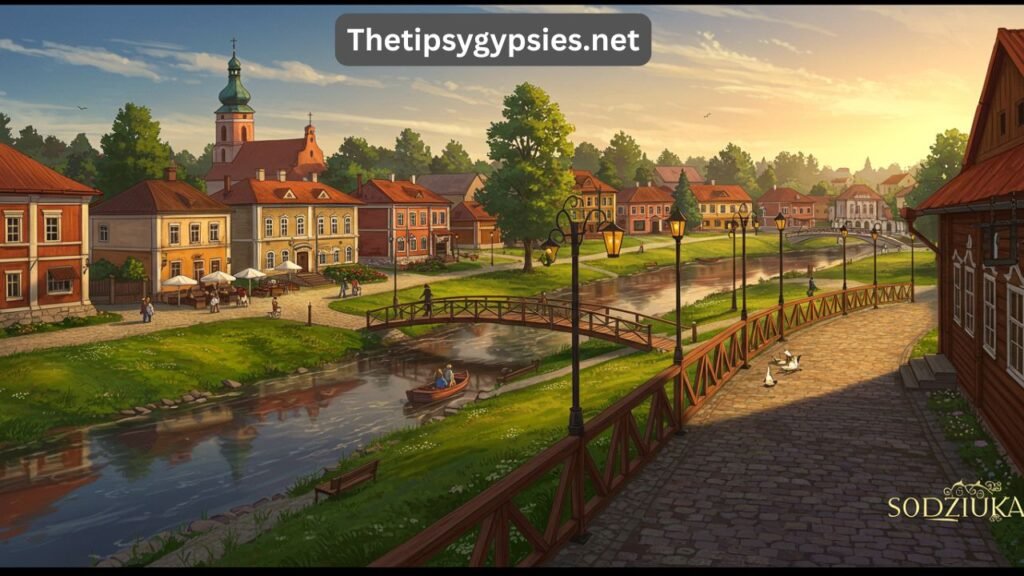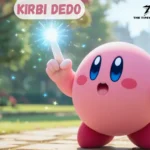In an increasingly urbanized and digital world, many are rediscovering the charm and authenticity of rural life. One word that beautifully captures this return to simplicity is “sodziu.” More than just a place, sodziu reflects a deeply rooted way of life that has shaped Lithuanian identity for centuries. historical importance, and modern relevance of sodziu, uncovering why this village lifestyle continues to inspire those seeking peace, connection, and sustainability.
What is Sodziu? Understanding the Meaning
The Lithuanian word “sodziu” refers to a village or rural settlement, but its meaning extends beyond geography. It symbolizes a lifestyle defined by nature, tradition, and community bonds. In a sodziu, daily life moves at a slower pace, deeply connected to the land, the seasons, and the people who call it home.
Living in a sodziu isn’t just about being away from the city it’s about embracing a different rhythm of life, one that values authenticity, heritage, and simplicity.
Historical Significance of Sodziu in Lithuanian Culture
For centuries, Lithuania’s cultural and economic life revolved around sodzius. These small villages were the center of family life, agriculture, and traditional customs. Generations of families lived in wooden houses surrounded by farmland, often growing their own food and crafting what they needed by hand.
During Soviet times, much of the rural way of life was disrupted by forced collectivization and migration to cities. However, the essence of sodziu survived, and since Lithuania regained independence, there’s been a renewed appreciation for this traditional lifestyle.
Today, many Lithuanians look to sodziu as a symbol of resilience, identity, and cultural pride.
Living in a Sodziu: Traditions and Daily Life
1. Deep Connection with Nature
In sodziu communities, life is closely tied to the natural environment. People grow their own vegetables, gather wild mushrooms and berries, and maintain gardens full of herbs and flowers. This lifestyle naturally promotes sustainability, minimalism, and mindfulness.
2. Strong Sense of Community
Sodziu life thrives on close relationships. Neighbors help each other with harvesting, celebrate festivals together, and often share meals. The community spirit is strong, and many traditions are preserved through oral stories, songs, and seasonal gatherings.
3. Traditional Foods and Farming Methods
Food in sodziu villages is simple, organic, and homemade. People often bake their own bread, make cheese, ferment vegetables, and prepare dishes based on age-old recipes passed down through generations. Farming is done with a focus on natural cycles and ecological balance, avoiding harmful chemicals.
4. Folk Arts and Crafts
Another vital part of sodziu culture is craftsmanship. Many villagers engage in weaving, embroidery, pottery, and woodcarving. These crafts are not only a means of livelihood but also expressions of cultural heritage. You’ll often see beautifully embroidered textiles or hand-carved crosses marking traditional homes.
The Spiritual and Cultural Roots of Sodziu
Sodziu is more than a lifestyle — it’s a spiritual and cultural identity. Lithuanian folklore, pagan rituals, and Christian celebrations all have deep roots in village life. Seasonal festivals like Joninės (Midsummer Night) are celebrated with bonfires, songs, and dances, preserving ancient customs that are still alive today.
Churches, wooden crosses, and sacred groves are common sights in sodzius, showing the blend of nature-based spirituality and Christian faith that characterizes rural Lithuanian culture.
The Modern Appeal of Sodziu Living
In recent years, sodziu has gained popularity among young families, digital nomads, and eco-conscious individuals. Many are choosing to leave cities and settle in or near villages, seeking a slower, more meaningful way of life.
Here’s why sodziu is becoming a modern movement:
● Eco-Tourism and Cultural Retreats
Many sodziu locations now offer guesthouses and farm stays, inviting visitors to experience authentic village life. Tourists can participate in cooking traditional meals, crafting, or helping with farm tasks — creating a hands-on cultural experience.
● Remote Work in the Countryside
With the rise of remote work, people are no longer tied to city offices. Some are building modern homes or renovating old farmhouses in sodzius, blending technology with rural peace.
● Health and Well-being
Sodziu life encourages physical activity, clean air, fresh food, and mental wellness. The simplicity and beauty of village life have a healing effect, making it ideal for those battling stress, anxiety, or burnout.
Sodziu and Sustainability: A Blueprint for the Future
One of the most important lessons we can learn from sodziu is sustainable living. In a time when environmental challenges are at the forefront, sodziu offers solutions rooted in tradition:
Local food production reduces transportation and waste.
Natural building materials are environmentally friendly.
Reusing and repurposing is part of everyday life.
Shared resources in small communities minimize consumption.
By looking to sodziu, we gain a model of living in harmony with the Earth — one that is deeply practical and spiritually fulfilling.
Why the World Needs the Wisdom of Sodziu
Sodziu is not just a Lithuanian treasure. It’s a global reminder of what really matters: community, balance, tradition, and connection to the natural world.
As the world faces growing urban stress, climate change, and cultural fragmentation, the sodziu lifestyle offers guidance on how to live with purpose. Whether it’s growing your own food, building community ties, or embracing slow living, the values of sodziu can enrich lives everywhere.
Conclusion: Rediscovering Life Through Sodziu
Sodziu is more than an old village word it’s a living philosophy. Rooted in Lithuanian history yet perfectly suited for modern needs, it stands as a symbol of resilience, simplicity, and connection. Whether you visit a sodziu, read about it, or adopt parts of its lifestyle, the message is clear.






